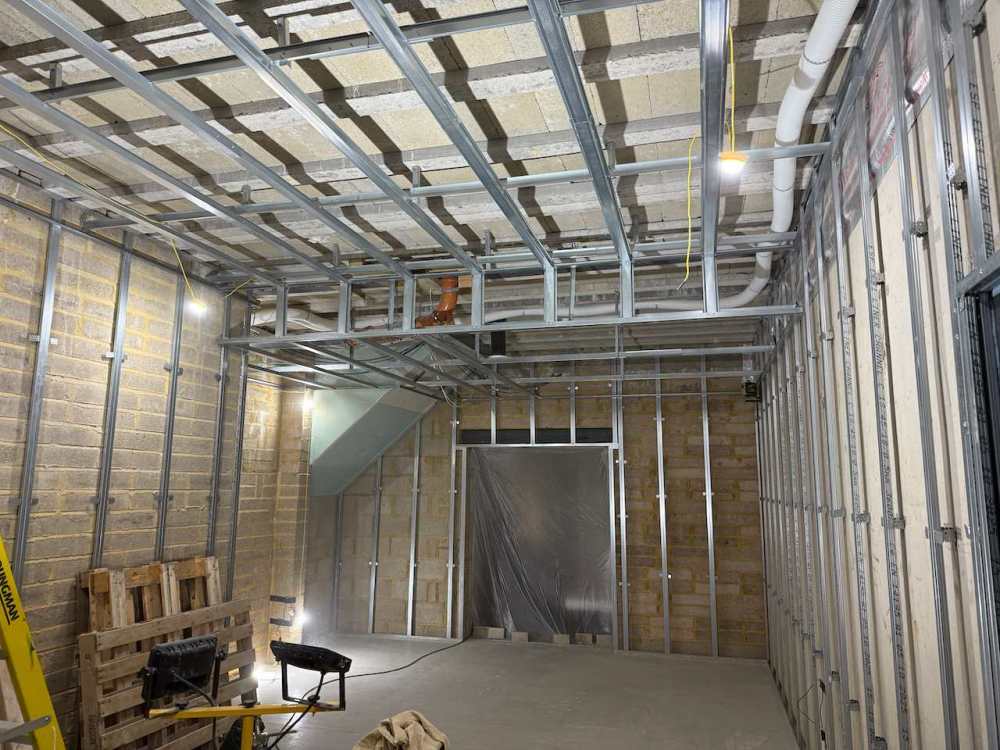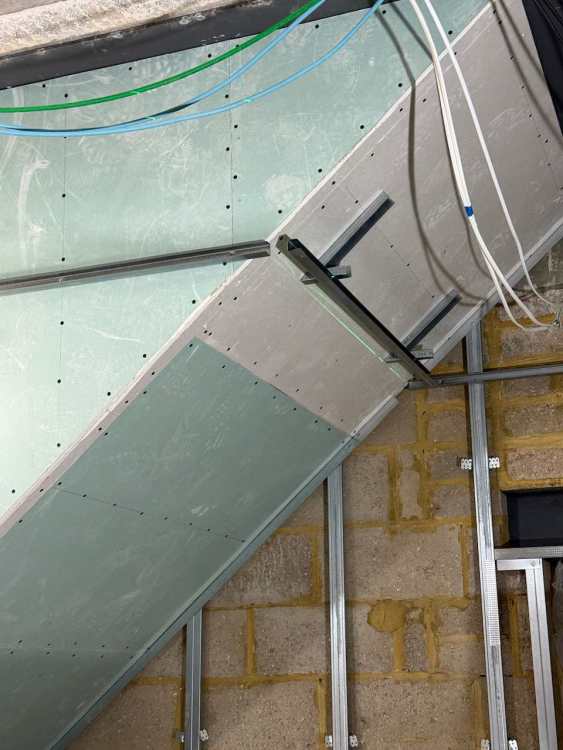
Thorfun
Members-
Posts
4839 -
Joined
-
Last visited
-
Days Won
36
Everything posted by Thorfun
-
Here’s ours
-
Just install it! Your SAP won’t go in to such detail. In my opinion you’re very much over thinking it. we installed just as you’re proposing and love it btw.
-
do you know if that's official? as i know builders who get a cert as soon as possible to get BCO off their backs and then continue working and finishing off. also means that any landscaping done that was part of the planning probably wouldn't be zero rated which seems unfair as most self-builders will have moved in before doing landscaping etc
-
We’ve moved in and had BCO sign off but the basement isn’t finished. I’ve boarded a room and need it plastered. Does it still count for zero Vat rating? It’s part of the original planning application and hasn’t been done previously so I would assume it’s still part of the initial build and so is zero rated. But does anyone have official evidence of this? also, at what point is a self-build no longer for zero rating of VAT?
-
We did bacon Monday and beer Friday. Nothing in writing but our subbies appreciated it and in the grand scheme of things it was peanuts.
-
Finally a normal person (🤞) from Bristol! Unlike our @Pocster
-
Even @Pocster used one of those! I will definitely be purchasing one, don’t worry.
-
I showed the photos to swmbo and told her the bar has been set for my upcoming tiling in the utility room. she wasn’t laughing. 😆
-
No Bad tiling “I’m not paying for that” and then go and find a new tiler to do it properly
-
thanks. this room has been interesting as I have a change of ceiling heights where the soil pipe runs is lower. my first time doing something a little more complicated than just a wall or flat ceiling!
-
That’d be a first for me!
-
-
-
That’s fair. Tbh I can’t afford one either. I’m just curious as to what they’re like! I’ve hired a Liugong 1.8T a couple of times and they seem decent enough but I think they’re on the expensive side of the Chinese diggers.
-
i saw these and was slightly tempted to drive down and take a look. if you're bored one day and fancy to do that test drive for us it'd be very much appreciated. 😉
-
Groundworks and utility install sequencing
Thorfun replied to sjmtlewy's topic in Project & Site Management
It can be done with some planning and persuasion. We got water and electrics on the same road closure. -
Groundworks and utility install sequencing
Thorfun replied to sjmtlewy's topic in Project & Site Management
I’d say there’s no hard and fast rule tbh and some things take so long (like utilities) that you’d be a fool to wait. Also every plot is different. We were lucky in that we already had a building on site so could use the existing utilities to start building while waiting for new utilities to be connected. if there’s no utilities on site then I’d suggest water and power are essential to start as your trades will need them. The electric company will run a temporary supply and your sparky will need to connect to it (afaik). but, like I said, we didn’t need any of that so I’m probably not the best person to answer -
Groundworks and utility install sequencing
Thorfun replied to sjmtlewy's topic in Project & Site Management
You do! You do 😉 This would normally be a civil engineer. But your groundworker probably has more “field experience” on the subject. are you wed to Danwood? I wonder if it’s worth getting a couple of different quotes. I think it’d be wise to spend a lot of time on here doing loads of reading! I can also recommend Mark Brinkley’s Bible as a great book to start with. https://amzn.eu/d/guJ8WmP best of luck! -
Ok. That makes sense.
-
I’m confused. If you’re getting a 5kWp array why would you need an 8kW inverter?






